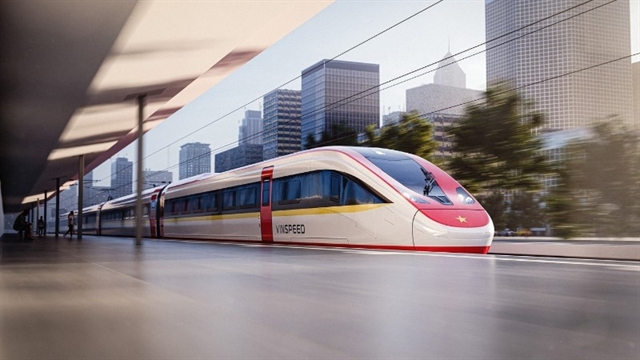 Economy
Economy

" />Việt Nam News Agency (VNA) has selected what it considers to be the 10 most outstanding economic events of Việt Nam in 2017.
Việt Nam News Agency (VNA) has selected what it considers to be the 10 most outstanding economic events of Việt Nam in 2017.
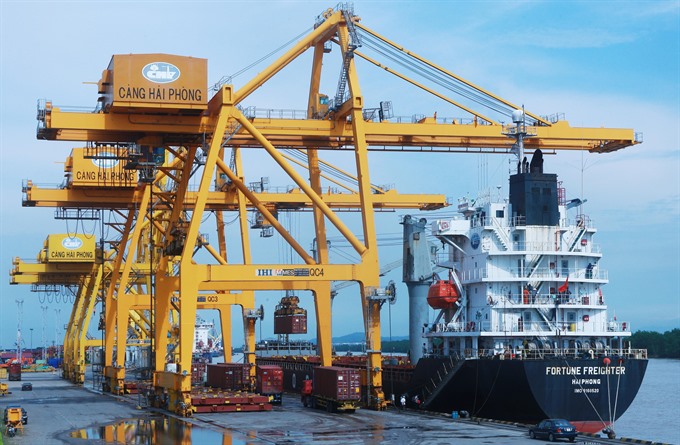 |
1. All 13 socio-economic targets fulfilled
For the first time in years, Việt Nam completed and surpassed all 13 socio-economic targets set by the National Assembly. The macro-economy was stable, inflation was under control, while the State budget collection and major economic indicators met requirements. The country’s gross domestic product (GDP) expanded by 6.81 per cent – the highest level since 2011, while its export revenue reached US$213.77 billion, up 21.1 per cent from the previous year. Việt Nam attracted almost $36 billion in foreign direct investment (FDI), welcomed around 13 million international tourists and opened more than 120,000 new businesses.
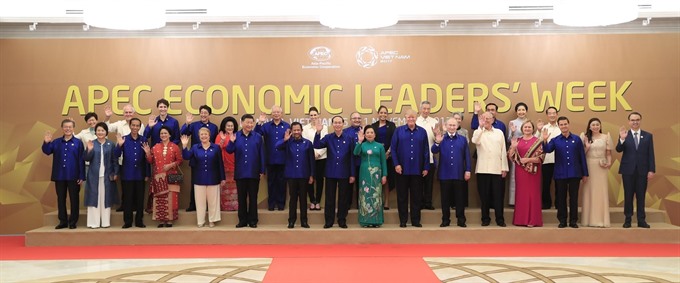 |
2. APEC 2017 promoted regional co-operation and enhanced Việt Nam’s position
With the theme “Creating new dynamism, fostering a shared future,” APEC Việt Nam Year 2017 was a comprehensive success in both bilateral and multilateral aspects. Major orientations were mapped out to propel economic co-operation in the Asia-Pacific and deepen collaborative relations between Việt Nam and other APEC member economies, as well as to enhance the country’s role and position in the global arena.
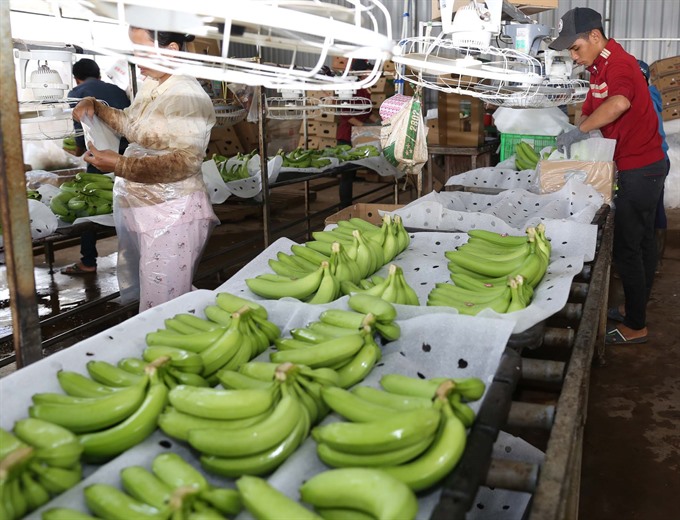 |
3. Resolution promulgated defining the private economic sector’s important role
On June 3, 2017, the General Secretary of the Communist Party of Việt Nam’s Central Committee, Nguyễn Phú Trọng, signed into effect Resolution 10-NQ/TW on developing the private economic sector into an important driving force of the socialist-oriented market economy. On October 3, 2017, the Government issued Resolution 98/NQ-CP promulgating its action programme to implement Resolution 10-NQ/TW. Accordingly, the State will remove all barriers and prejudices and create favourable conditions for the private economic sector to develop in a healthy, effective and sustainable manner. Việt Nam aims to have at least one million businesses by 2020, more than 1.5 million by 2025, and at least 2 million by 2030. The private economic sector is expected to contribute some 50 per cent to the country’s GDP in 2020, 55 per cent in 2025, and 60-65 per cent in 2030.
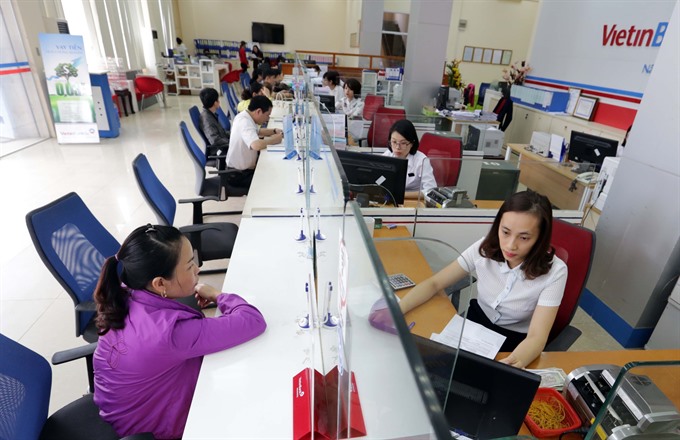 |
4. Legal foundations supplemented for restructuring the banking system
At its third and fourth sessions, the National Assembly approved Resolution 42/2017/QH14 on piloting bad debt settlements and the Law on Amendments and Supplements to Some Articles of the Law on Credit Institutions, which contain articles on guaranteed assets and bankruptcy. These are important legal foundations for Việt Nam to eliminate badly-performing banks and gradually restructure credit institutions.
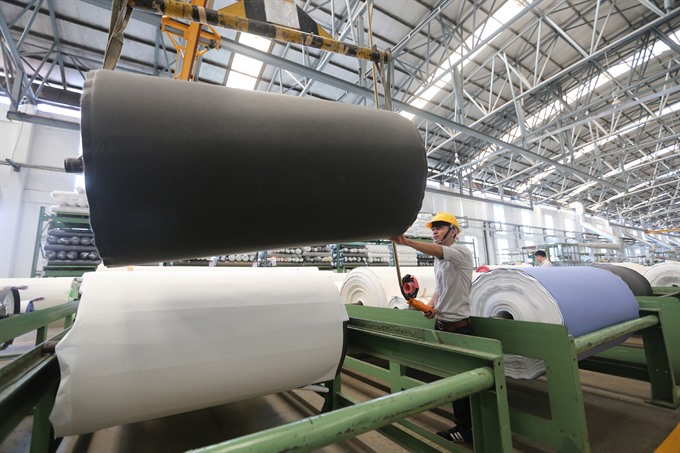 |
5. Barriers removed and business environment improved
In 2017, barriers in the business environment were gradually eliminated in many sectors, at different levels and in different spheres. In September, the Ministry of Industry and Trade decided to remove 675 business conditions, accounting for 55.5 per cent of the total conditions. This is the largest number of conditions cut by the ministry so far, resulting in similar moves by other ministries and agencies. Thanks to the country’s efforts to improve the business climate, the World Economic Forum (WEF)’s Global Competitiveness Report 2017-18 ranked Việt Nam 55 out of 137 economies, up five places from 2016. Việt Nam also ranked fourth in ASEAN in terms of a favourable business environment.
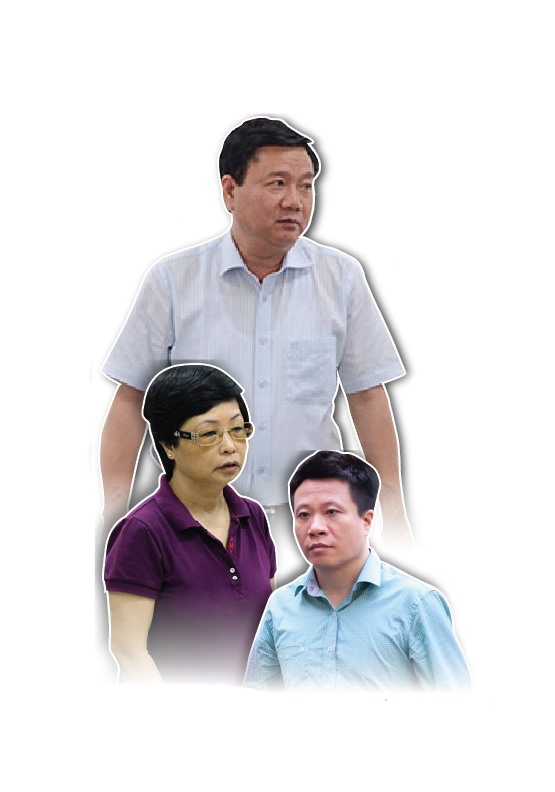 |
6. Many complicated corruption and negative cases handled
In 2017, a number of serious, complicated economic and corruption cases were strictly handled. They included the Oceanbank case, involving Hà Văn Thắm and his 50 accomplices, the case of Châu Thị Thu Nga and her nine accomplices at the Housing Group, the dismissal of Đinh La Thăng from the Politburo and suspension of his NA deputy status, legal proceedings against and the arrest of Thăng and cases involving the wrongdoings of many leaders of the Việt Nam Oil and Gas Group, forcing organisations and individuals involved to bear responsibility before the law. Handling of high-ranking officials, incumbent or retired, proved that there was no “prohibited zone” in the fight against corruption, and affirmed the determination of the whole political system and society to combat corruption and the negative phenomena.
 |
7. Some BOT transport projects become hot issues
In 2017, shortcomings in some build-operate-transfer (BOT) transport projects attracted public attention, despite the fact that the policy of developing transport infrastructure in the BOT form is a right move, and many BOT projects contributed to improving transport infrastructure and fostering socio-economic development in some localities. At some BOT toll stations, many drivers and local residents objected to paying fees, causing traffic jams, and forcing investors to allow vehicles to pass through the booths without paying fees. Prime Minister, Nguyễn Xuân Phúc, urged responsible agencies to strictly address the problems and legal violations, while revising inappropriate procedures.

8. Disasters cause serious losses
In 2017, Việt Nam was hit by 16 storms, which caused great losses in terms of human lives and assets (375 dead and missing, 636 injured and material damage of nearly VNĐ51.6 trillion or $2.27 billion). Storm Damrey, the strongest storm to hit Việt Nam in years, suddenly landed on the south central coast of Việt Nam, leaving 107 people dead, 16 unaccounted for, 342 injured and damaging 165,000 houses. The Ministry of Agriculture and Rural Development estimated that the storm caused economic losses of some VNĐ22 trillion (nearly $1 billion).
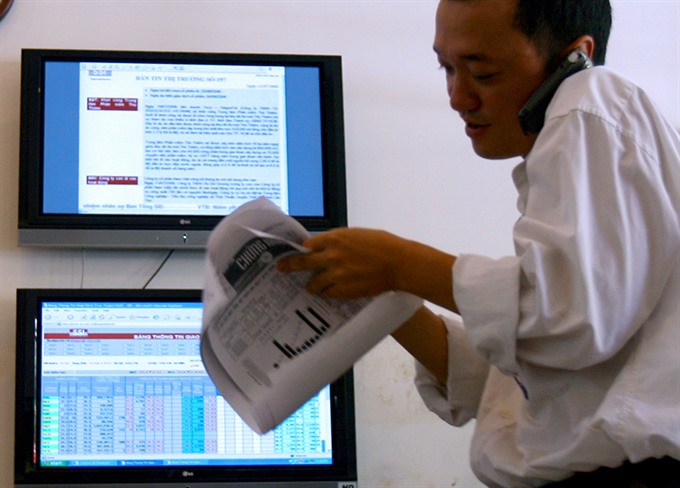 |
9. Stock market sets several records
Việt Nam’s stock market recorded numerous important milestones in 2017. The VN-Index reached a decade high of 970 points on December 4, a rise of 46 per cent as compared to the figure at the end of 2016, while stock market capitalisation hit VNĐ3.36 quadrillion (around $148 billion), equivalent to 74.6 per cent of the nation’s gross domestic product (GDP). The year 2017 witnessed the strongest-ever trading by foreign investors, with a total net purchase value reaching nearly VNĐ26 trillion ($1.14 billion). On August 10, the derivatives market was officially launched at the Hà Nội Stock Exchange, marking a milestone in the development of Việt Nam’s securities market. In particular, the divestment of State capital from listed major firms such as Vinamilk and Sabeco helped increase the Vietnamese stock market’s attractiveness to domestic and foreign investors.
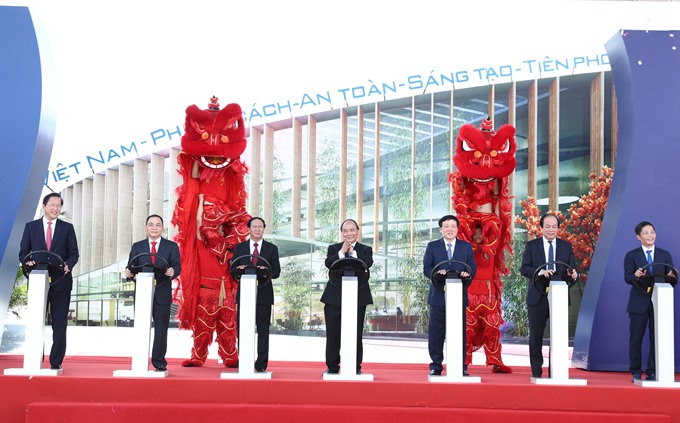 |
10. Work begins on first Vietnamese automobile manufacturing complex
On September 2, Prime Minister, Nguyễn Xuân Phúc, and leaders of several ministries and Vingroup started construction on the first Vietnamese automobile manufacturing complex, VinFast, in the Đình Vũ-Cát Hải economic zone. The birth of VinFast officially put Việt Nam among the list of automobile manufacturers in the world. — VNS




